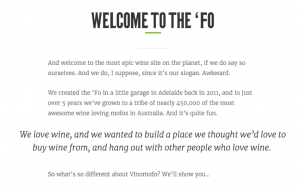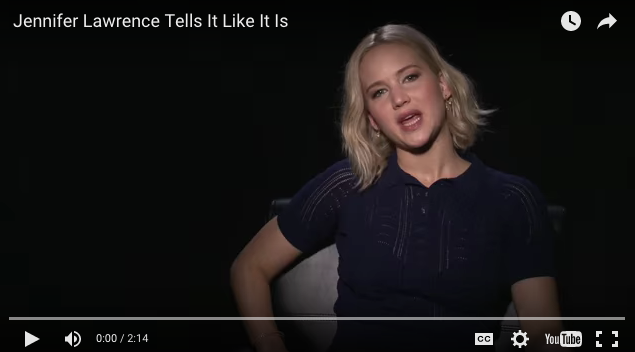The way we communicate has completely changed over the past decade, including the concept of Public Relations and the way we do business. Recent office chatter brought up stories of how things were done back in the day. All media clippings were processed in-house and keeping a media list up to date was a job on its own. Today we outsource these services that helps us focus on what’s important.
In a rapidly evolving industry, there is no place for complacency. PR professionals should develop a hunger to learn more and become a specialist in the field. The ability to write an impressive press release and put together an amazing pitch is no longer good enough. The scope has moved far beyond drawing up a media list, writing a press release and following up. In order to make an impact across all platforms, we now have to focus and build relations with key media in the digital and social space. PR professionals or agencies that are not evolving with this landscape will be left behind.
Clients are expecting more. They want to be relevant and make an impact where it matters most. Here’s how PR and marketing can adapt to meet clients’ growing needs and demands.
Access to information in the palm of your hand
Unless you’ve been living under a rock for the past decade, the way people access information has changed entirely and continues to change. Your target audience have gone from readers to users. Information is readily available to anyone, everywhere, at any time. Make sure you change with the times and keep content interesting, relevant and easy to consume. Check out our blog 3 ways to help bring your content back to life for some tips!
Find the right influencers
PR professionals and brands still dismissing influencers and bloggers as real content creators are committing professional suicide. Influencers are the most connected people today. Their devoted followers trust what they say and many influencers have larger followings than many media outlets. Collaborating with an influencer in your industry is a great way to get traction and interest in your brand or product. A word of caution though — don’t go in blind, it’s important to partner with someone who is relevant and authentic to your audience and brand.
Learn a new skill
The PR scope is getting wider and clients are demanding more. To be able to keep up with the demands, learn a new skill, understand how digital platforms work – it’s the only way to improve your offering.
Content
Content is and will always be king. Having the ability to create compelling and shareable content will make you indispensable. Learn the art of writing for various platforms. Know your audience and create captivating content that will get people talking. Great content adds value to SEO efforts and it encourages engagement, which means your content or brand will be seen.
Public Relations will always be about storytelling and being able adopt a forward thinking approach to how we achieve our targets.
Need help telling your story? Drop us a message at [email protected]








